
Умная почта, быстрый бизнес. Автоматически помечайте, анализируйте и отвечайте на запросы, котировки, заказы и многое другое — мгновенно.
В тренде
Categories
Textron and Thai Aviation Collaborate on RTAF Aircraft Support
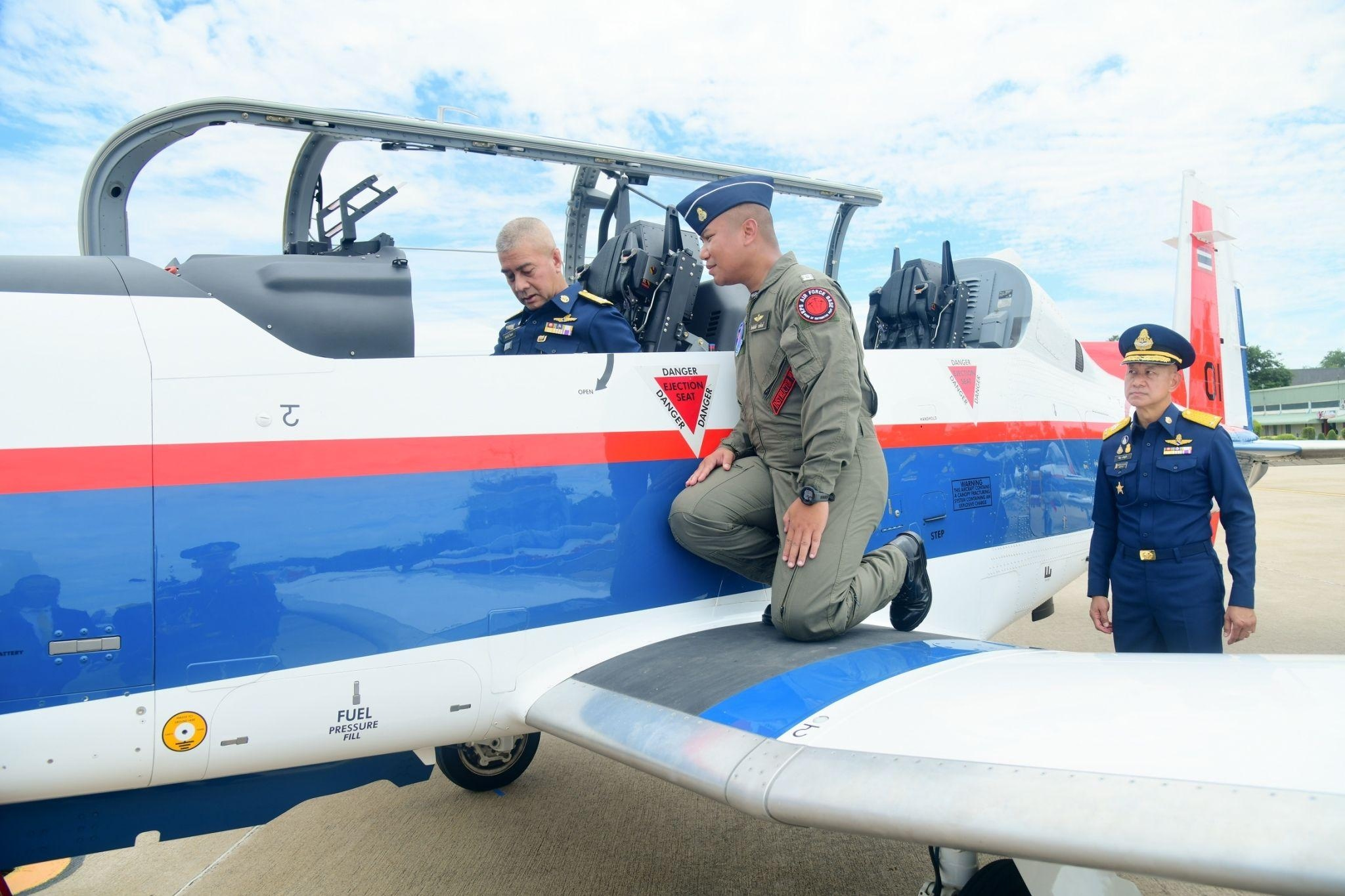
Textron and Thai Aviation Collaborate to Support Royal Thai Air Force Aircraft
Textron Aviation Defense, a subsidiary of Textron Inc., has formalized a partnership with Thai Aviation Industries Co. to jointly oversee a long-term sustainment program for the Royal Thai Air Force (RTAF). Announced at the Paris Air Show, this collaboration centers on providing comprehensive support for the RTAF’s fleets of Beechcraft T-6TH trainer and AT-6TH light attack aircraft.
Partnership Structure and Objectives
Textron Aviation Defense, headquartered in Wichita, Kansas, serves as the original equipment manufacturer (OEM) for both aircraft models. Thai Aviation Industries, based in Bangkok, will act as the prime contractor for the program, drawing on its extensive experience in servicing the RTAF. The partnership aims to ensure sustained maintenance and operational readiness for aircraft deployed in both training and light combat roles.
Tom Webster, Vice President of Defence Sales at Textron Aviation Defense, highlighted the importance of the agreement, noting that it “ensures the highest level of sustainment support for the RTAF” while contributing to the advancement of Thailand’s aerospace industry. By combining Textron’s technical expertise with Thai Aviation Industries’ local capabilities, the initiative is designed to enhance service reliability and fleet availability, thereby strengthening the RTAF’s operational capacity over the long term.
Challenges and Strategic Implications
The collaboration faces several challenges, including the integration of local manufacturing capabilities with Textron’s advanced technologies, which will require meticulous coordination to uphold quality and efficiency standards. Additionally, managing the logistical complexities involved in maintaining and upgrading the aircraft, alongside navigating regulatory frameworks, may present obstacles as the program progresses.
Industry analysts suggest that this agreement could stimulate greater interest in Textron’s defense and aviation services within the region, potentially bolstering its market position. In response, competitors are likely to intensify efforts to secure similar contracts or partnerships with the Thai Air Force, underscoring the increasing strategic significance of Thailand’s defense sector.
Beyond its operational advantages, the partnership reflects the strengthening defense relationship between the United States and Thailand. It also signals a shared commitment to enhancing Thailand’s defense infrastructure and broader aerospace capabilities, positioning both companies as key contributors to the country’s evolving security environment.

Malaysia's Aviation Sector Advances with Improved Customer Service and Digital Innovation
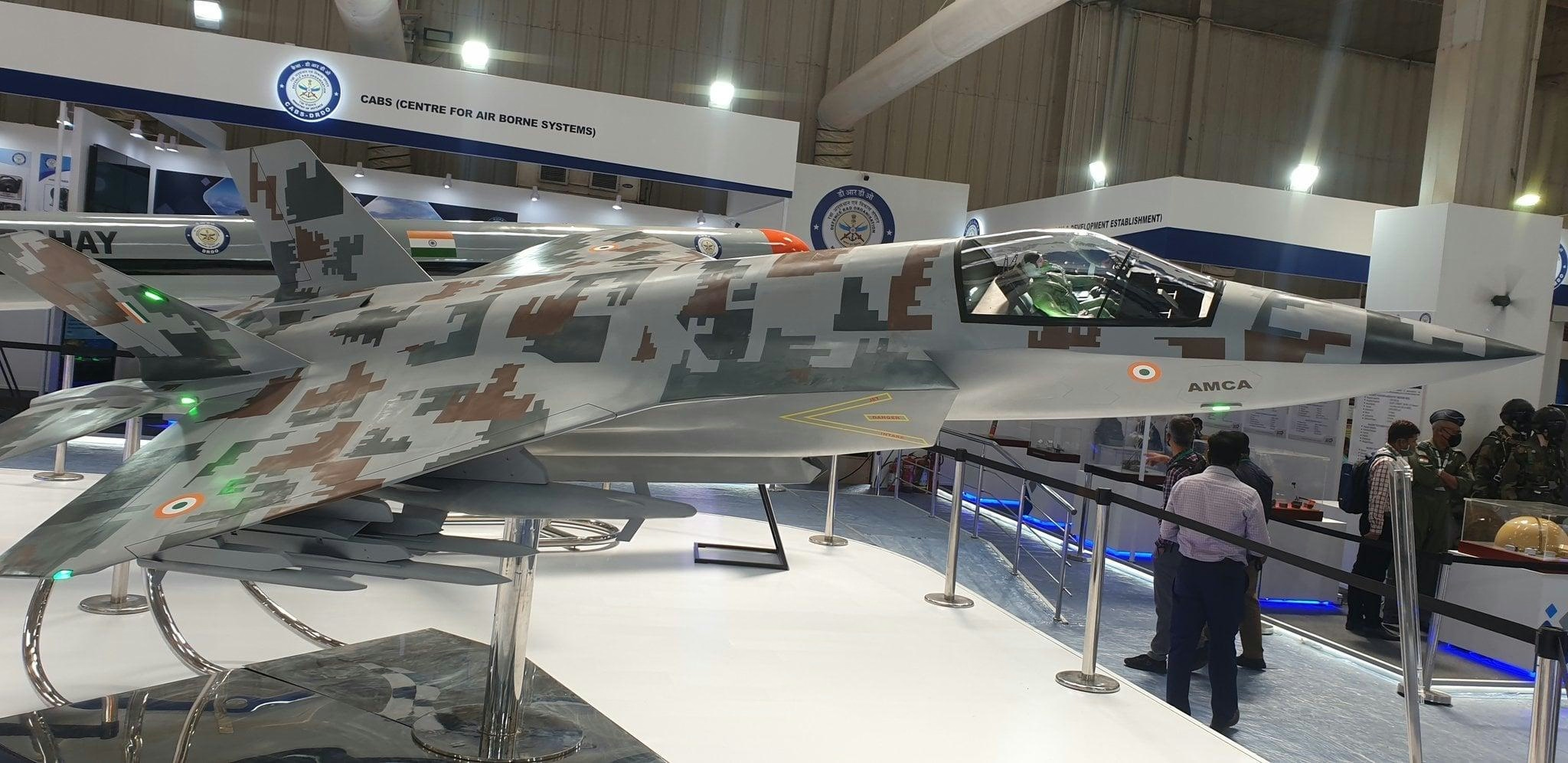
India and France Collaborate to Develop Engines for Indigenous Stealth Jet
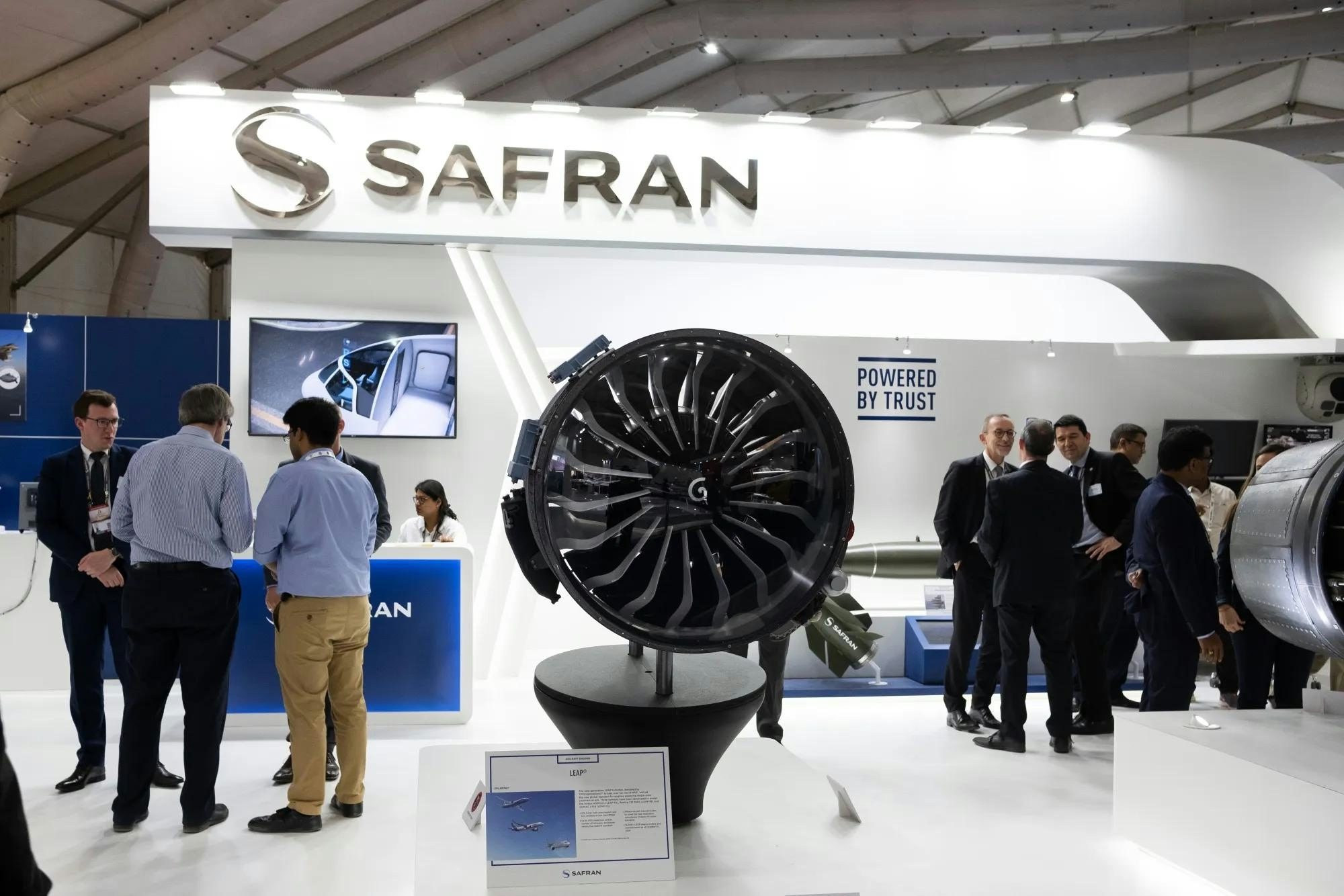
India Partners with French Firm to Develop Fighter Jet Engines
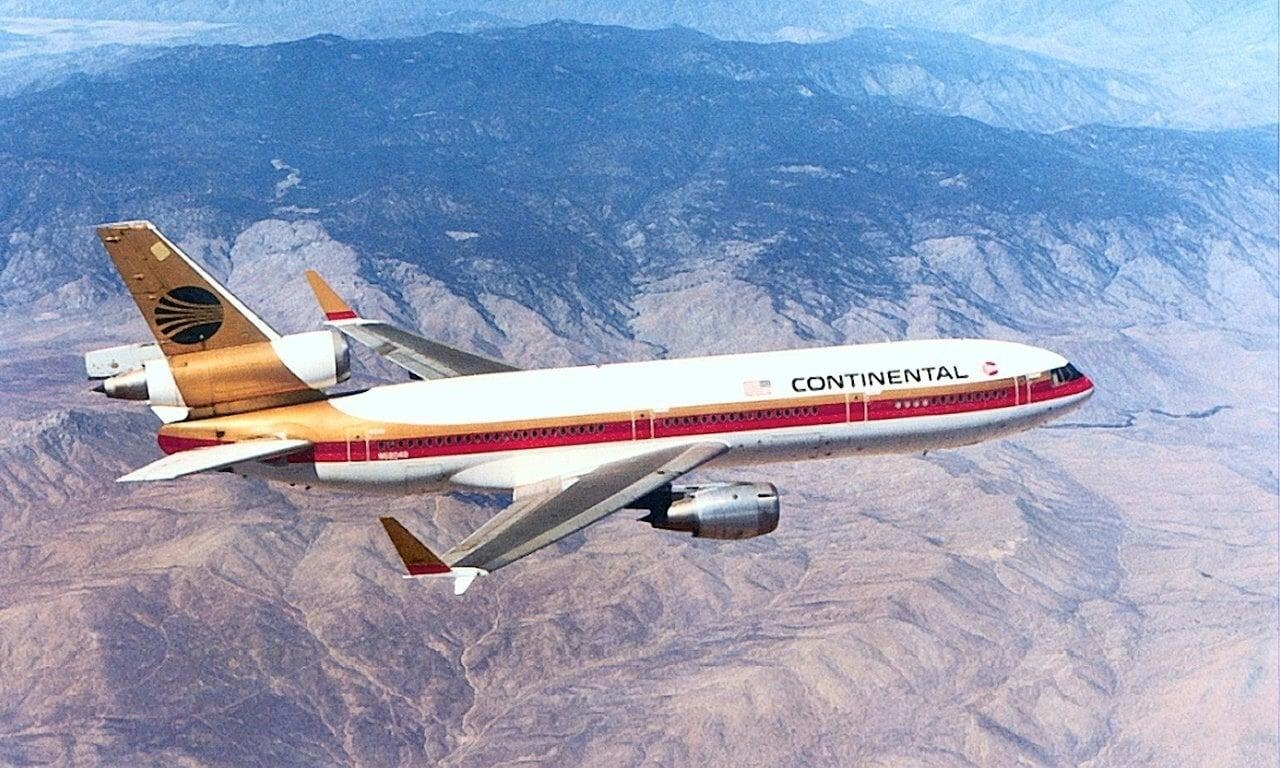
The Design Rationale Behind McDonnell Douglas’s Three-Engine DC-10
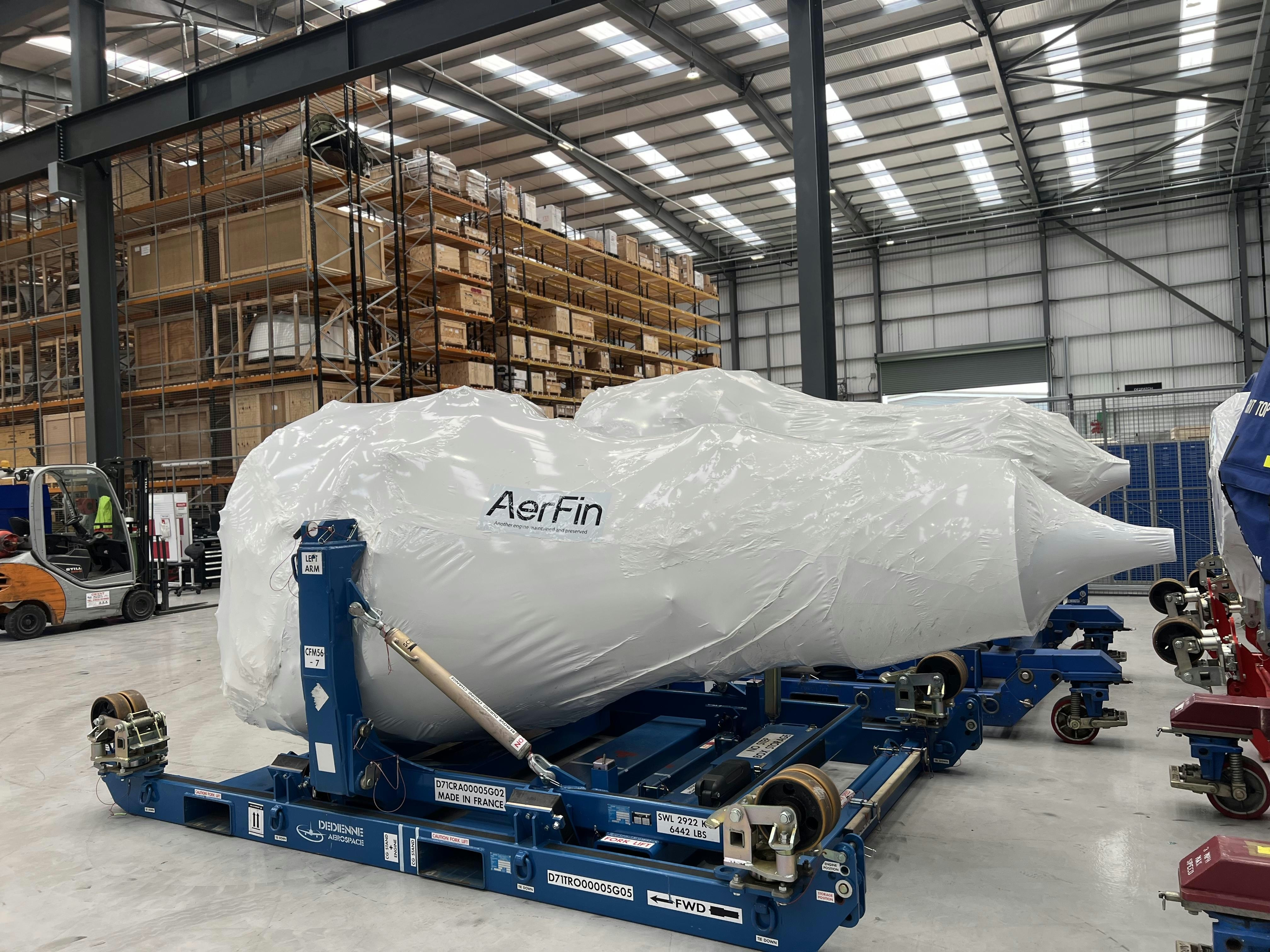
CFM56 Engine Values Highlight Investor Opportunities and Risks

33 Hours and 11,000 Kilometers: Delivering a Restored DC-3
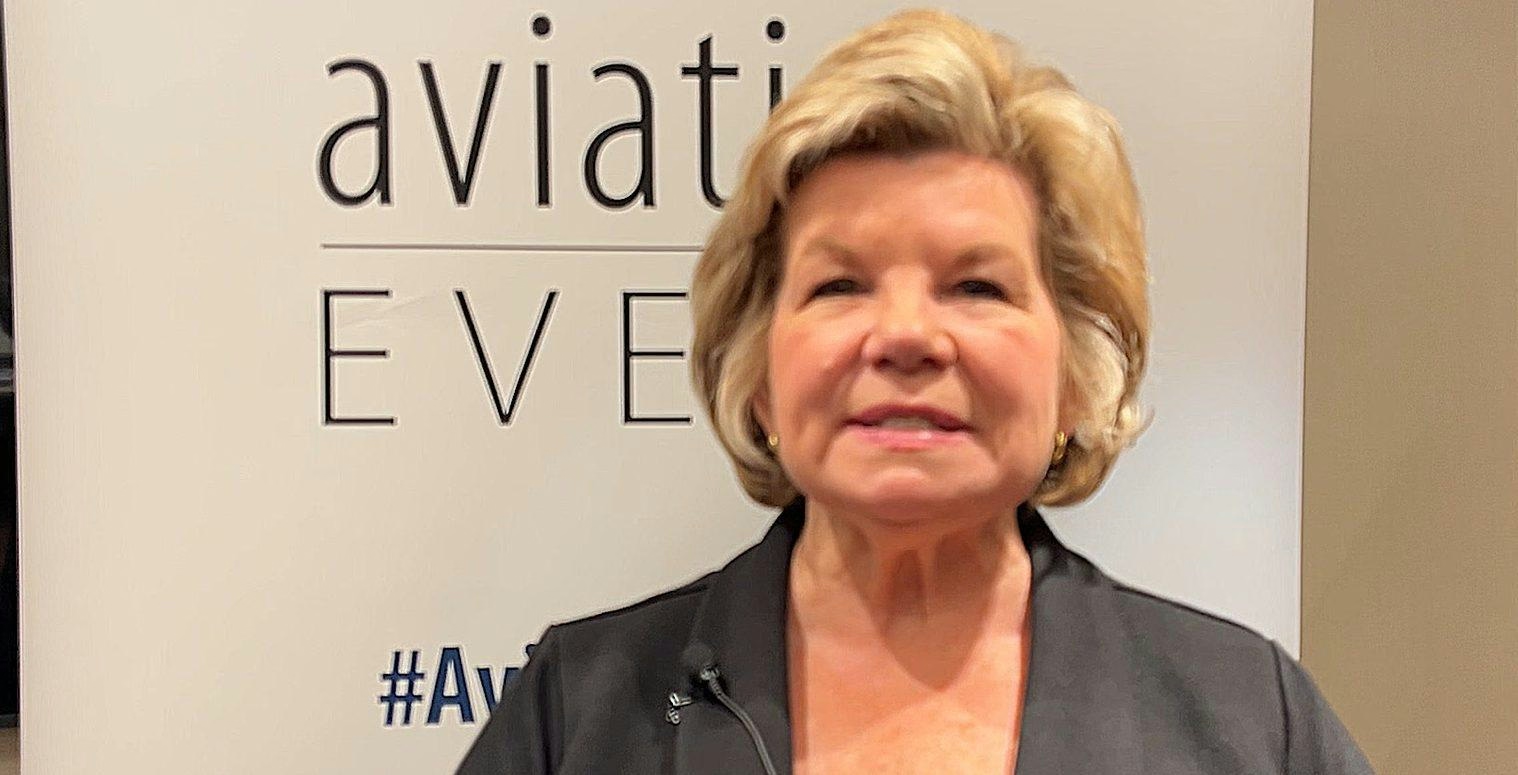
Cincinnati/Northern Kentucky Airport Innovation Chief Shares Industry Insights

Globalia Advances Digital Transformation to Enhance Traveler Experience in Spain
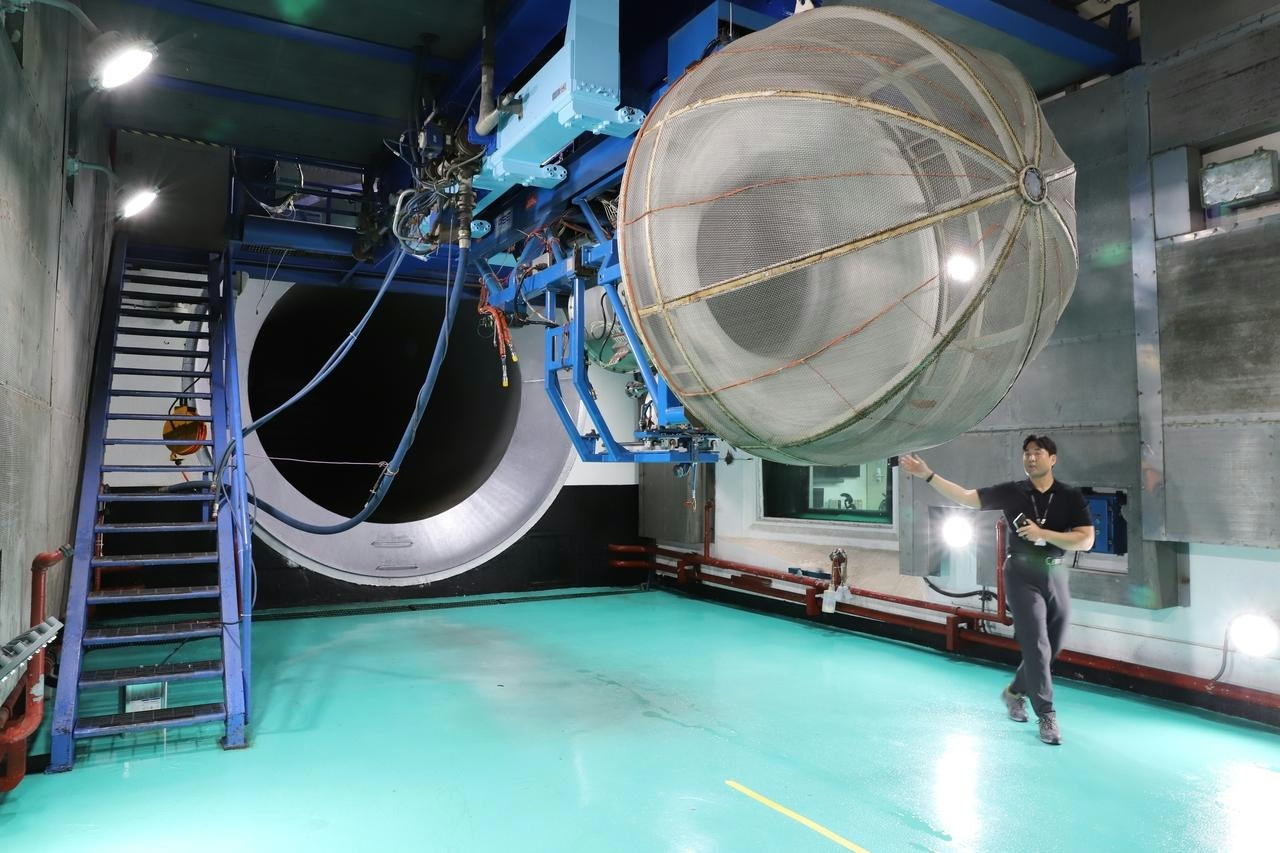
Hanwha Aviation Expands Maintenance Services with LEAP Engines
